By Naz Afzal, Founder of Lime’s Montessori
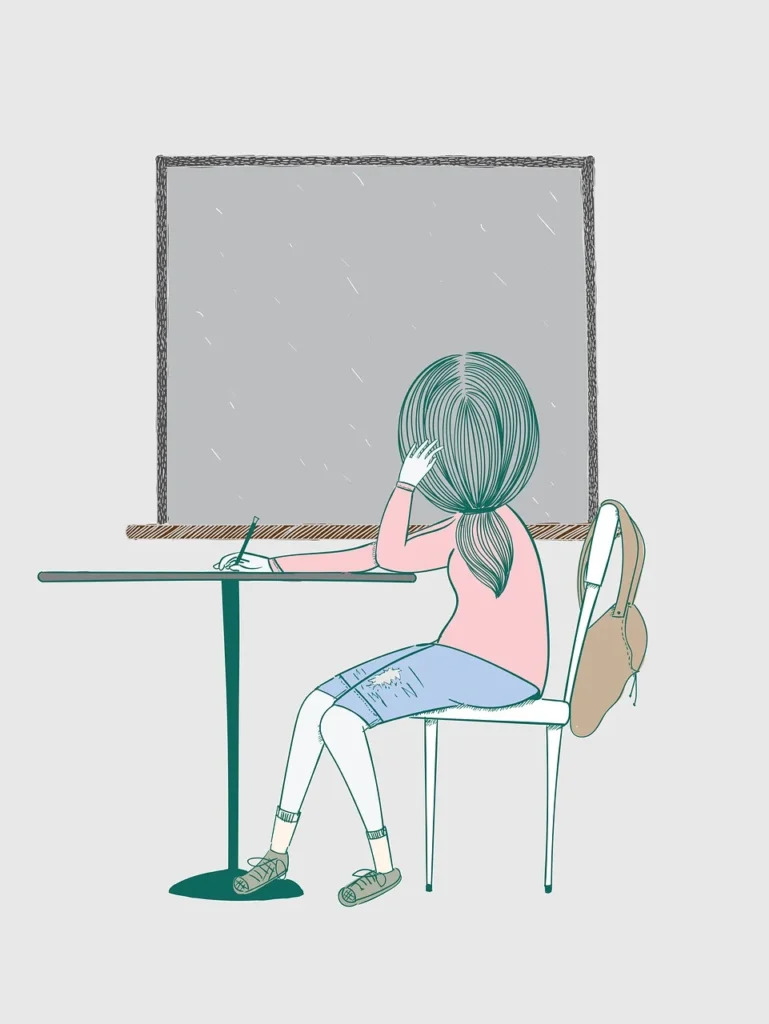
What Is Neurodiversity?
Neurodiversity refers to the natural variations in how people think, learn, and process the world around them. It includes children with conditions such as autism spectrum disorder (ASD), ADHD, dyslexia, dyspraxia, and more. Rather than viewing these differences as deficits, the neurodiversity movement celebrates them as unique strengths.
In Montessori, this philosophy aligns perfectly with the approach that every child is unique and capable of thriving when given the right tools and environment. Montessori recognises that children develop at their own pace, making it an ideal educational framework for neurodiverse learners.
Key Principles of Montessori and Neurodiverse Support
1. Child-Centered Learning
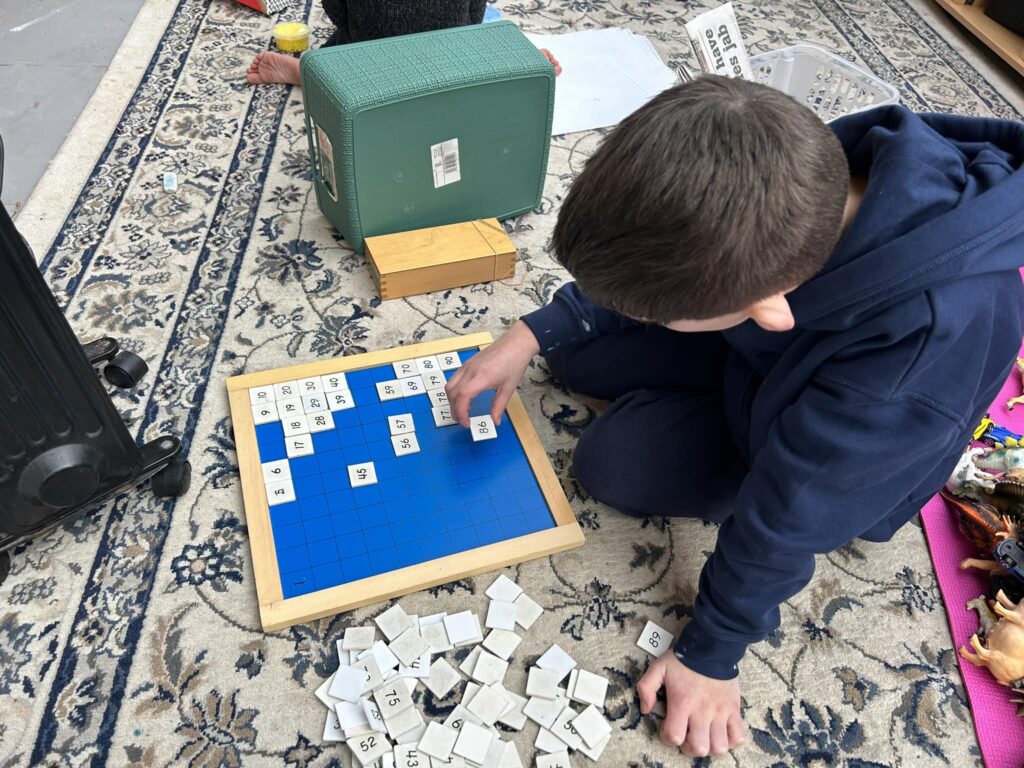
Montessori classrooms focus on the individual needs of each child rather than adhering to a one-size-fits-all curriculum. For neurodiverse children, this means their unique learning styles, sensory needs, and interests are not only acknowledged but embraced.
For example, a child with ADHD may benefit from hands-on activities that allow for movement, while a child with autism might find comfort in repetitive, structured tasks that build confidence and mastery.
Prepared Environment
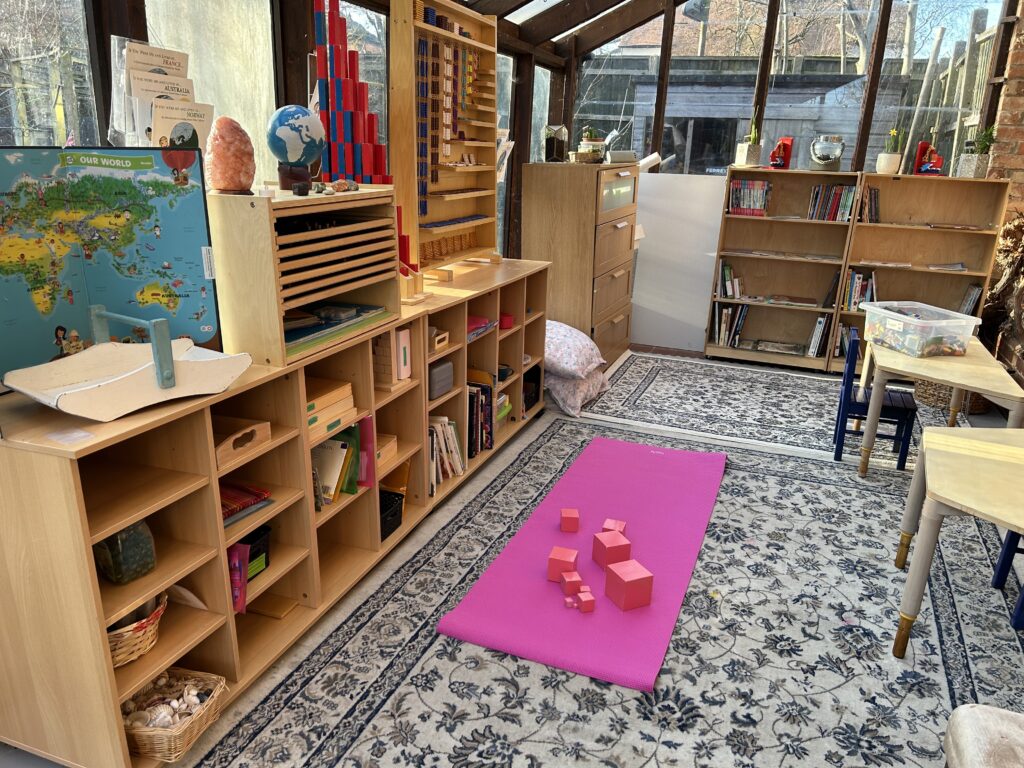
The Montessori environment is designed to reduce sensory overload and foster independence. Everything in the classroom has a purpose and is carefully arranged to create order and clarity. For neurodiverse children, this can be calming and empowering.
For example:
• Sensory needs: Materials like sandpaper letters and sensorial materials engage tactile learners and support children with sensory processing differences.
• Clear routines: Predictable schedules and consistency help reduce anxiety for children who thrive on structure.
Freedom Within Limits
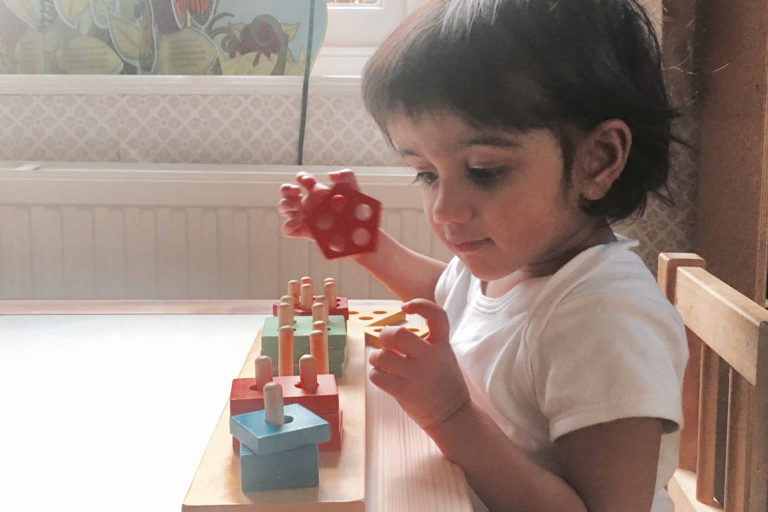
Montessori encourages freedom within boundaries, allowing children to make choices about their learning while providing structure. Neurodiverse children often benefit from this balance, as it lets them explore their interests while feeling safe and supported.
For instance, if a child with ADHD is drawn to math beads, they can spend extended time mastering math concepts in a way that feels natural and engaging to them.
Hands-On, Multisensory Materials
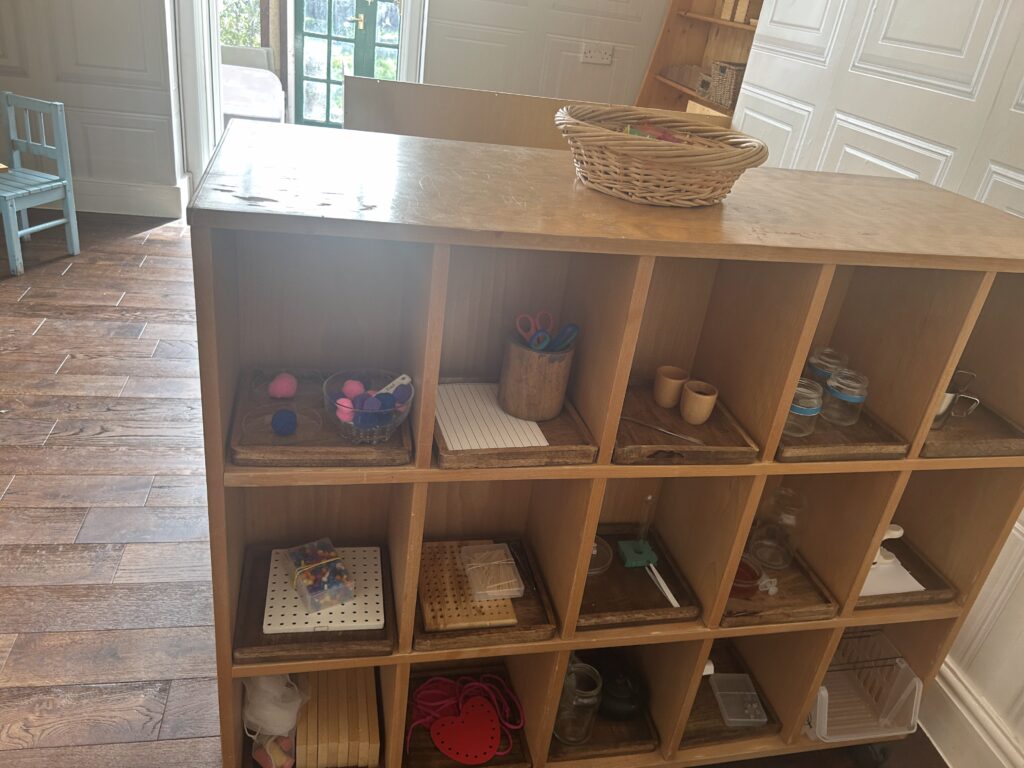
Montessori materials are inherently multisensory, making them ideal for neurodiverse learners who may struggle with traditional, lecture-based learning.
Examples include:
• Movable alphabet for children with dyslexia to build words kinesthetically.
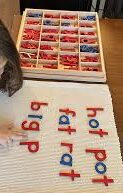
• Golden bead materials to teach math through visual and tactile methods.
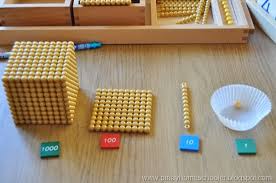
Focus on Social-Emotional Development
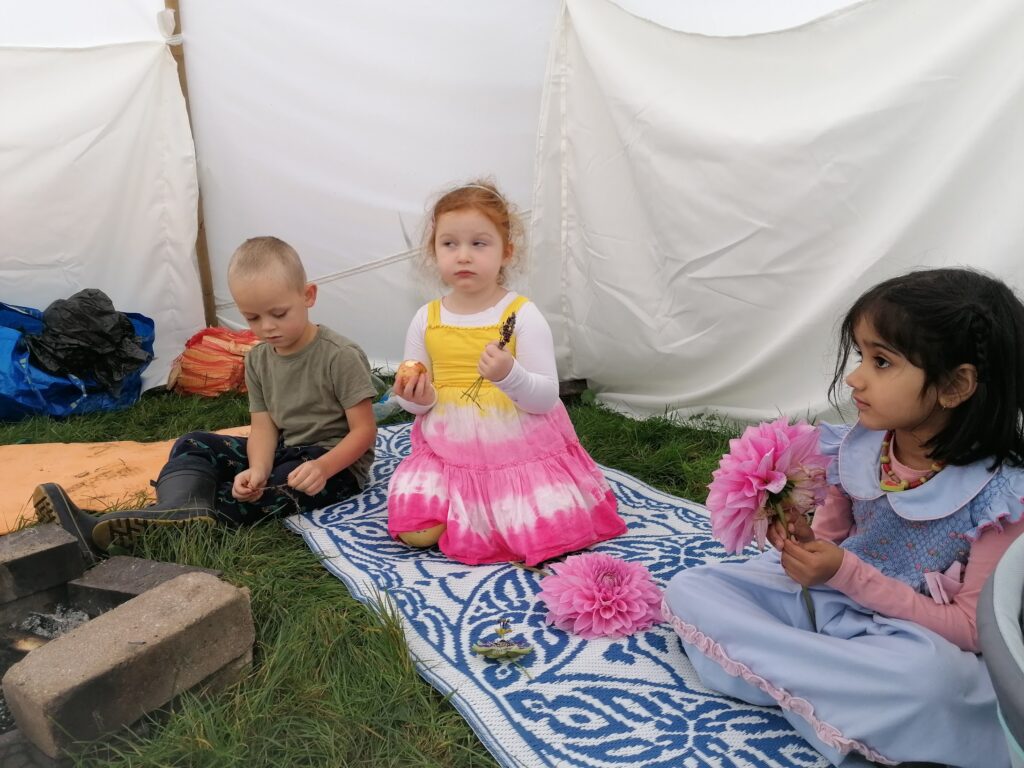
The Montessori approach prioritizes respect, empathy, and collaboration. For neurodiverse children, social skills can sometimes be a challenge, but Montessori classrooms encourage peer learning and offer opportunities for meaningful social interactions.
Grace and courtesy lessons help children navigate social situations with confidence, providing a foundation for life outside the classroom.
Real-Life Stories of Success
At Lime’s Montessori, I’ve seen first-hand how the Montessori method transforms the educational experience for neurodiverse children. One child with autism initially struggled with transitions and communication. Through consistent routines, sensory-friendly materials, and the freedom to explore interests, they grew more confident and began engaging with peers in collaborative activities.
Another child with ADHD found a sense of focus and achievement in practical life activities like pouring and sorting. The structure of these tasks channeled their energy into productive learning experiences.
Some testimonials from our Parents.
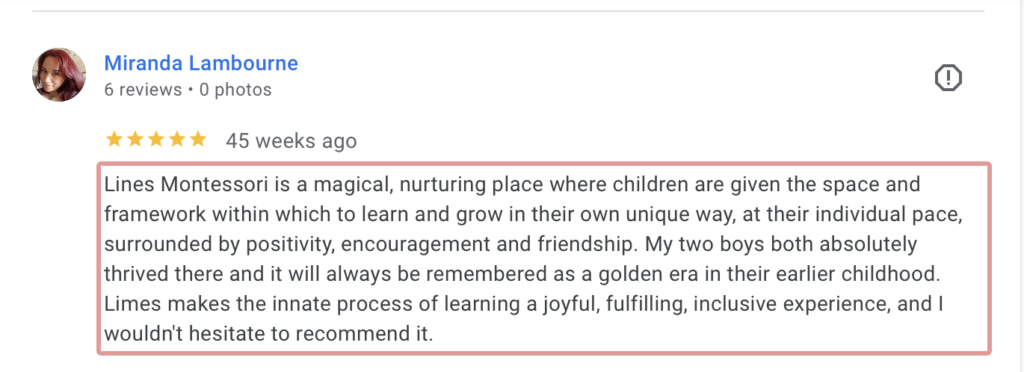
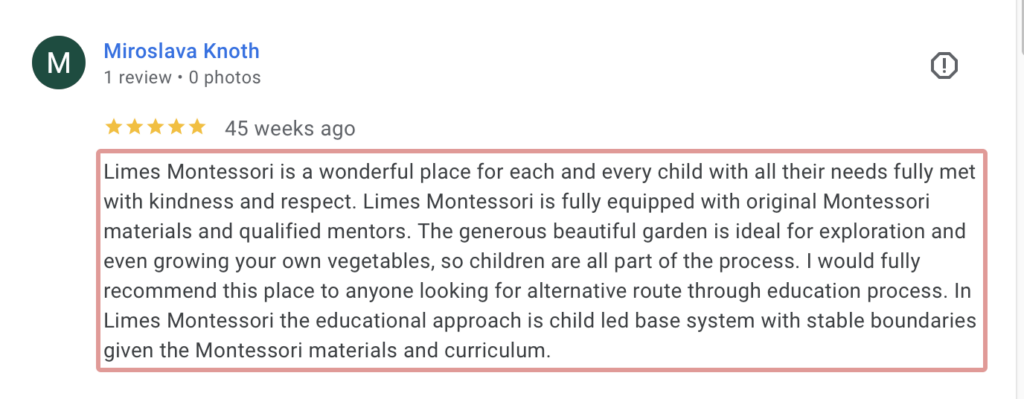
Empowering Parents and Educators
or parents, it’s vital to know that Montessori is not just an educational model; it’s a philosophy that honors the individuality of each child. At Lime’s Montessori, we work closely with families to ensure that the child’s needs are met both at school and at home.
If you are a parent of a neurodiverse child, I encourage you to observe a Montessori classroom in action. You’ll see how its calming, child-centered environment fosters learning and joy in every child, no matter their starting point.
For educators, Montessori provides a framework for embracing neurodiversity with compassion and creativity. By preparing an environment that respects differences and encourages growth, we create a community where all children can thrive.
Conclusion
Montessori is not a one-size-fits-all solution—it’s a philosophy that recognizes and celebrates the unique potential in every child. For neurodiverse learners, this approach offers the flexibility, respect, and support they need to succeed.
At Lime’s Montessori, it is my mission to create a space where every child feels valued and capable, and where parents feel confident that their child’s needs are being met. If you’d like to learn more about how Montessori supports neurodiverse learning, I’d be delighted to answer any questions or welcome you for a visit.
Together, let’s celebrate the strengths and potential of every child.
Naz Afzal
Founder, Limes Montessori